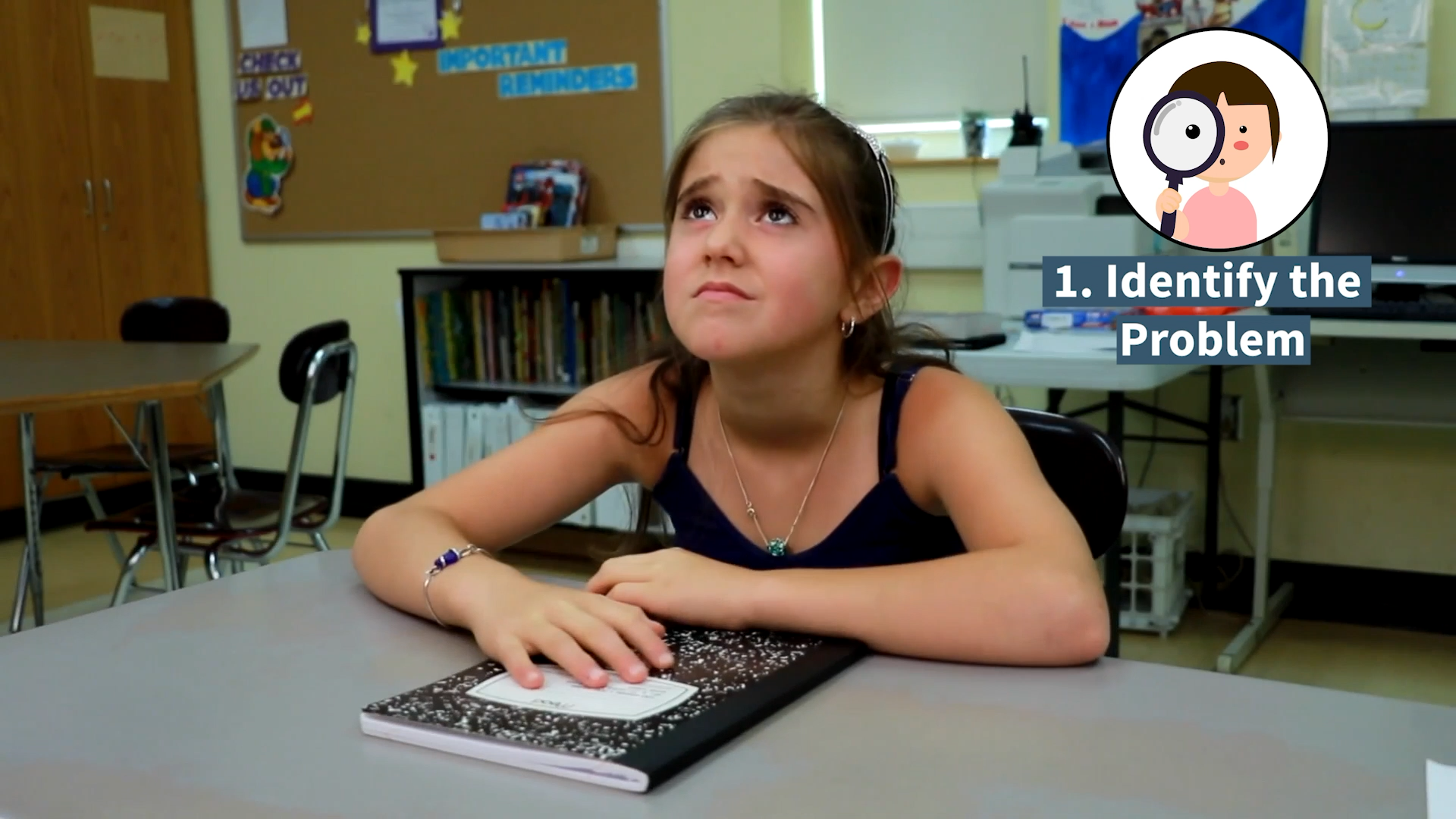
Introduction
Problem-solving is an essential skill for students to develop, as it helps them navigate through various challenges they may encounter in everyday life. By teaching elementary students how to identify and solve problems, educators can foster their ability to think critically and make informed decisions. This blog post will discuss a simple, no-prep activity to help students learn problem-solving skills, followed by discussion questions, related skills, and next steps for educators.
No-Prep Activity
Here’s a no-prep activity to introduce problem-solving skills to your students:
- Ask students to think of a simple problem they’ve encountered recently. It could be something as simple as forgetting their lunchbox or not being able to find a pencil.
- Have each student share their problem with the class, and then ask the class to help them identify whether it’s a big or small problem.
- Next, encourage the class to brainstorm different solutions to the problem and discuss the pros and cons of each option.
- Finally, have the student who shared the problem choose the best solution and explain why they think it’s the best option.
This activity encourages students to think critically about problems they face and work together to find the most effective solutions.
Discussion Questions
After completing the no-prep activity, use these discussion questions to further explore problem-solving skills with your students:
- Why is it important to identify whether a problem is big or small?
- How can asking for help be beneficial when trying to solve a problem?
- What are some strategies you can use to come up with different solutions to a problem?
- Why is it important to consider multiple solutions before choosing the best one?
- How can practicing problem-solving skills help you in your everyday life?
Related Skills
Problem-solving is just one aspect of social-emotional learning. Here are some other related skills that educators can help students develop:
- Decision-making: Teach students how to evaluate options and make informed choices.
- Communication: Help students express their thoughts, feelings, and needs effectively.
- Collaboration: Encourage students to work together and support one another in solving problems.
- Resilience: Assist students in learning how to bounce back from setbacks and adapt to new situations.
Next Steps
If you’re interested in teaching problem-solving skills and other social-emotional learning concepts to your students, we encourage you to explore the free sample materials available at Everyday Speech. These resources can help you effectively introduce and reinforce these essential skills in your classroom. Sign up today and start empowering your students with the tools they need to navigate the world with confidence.

